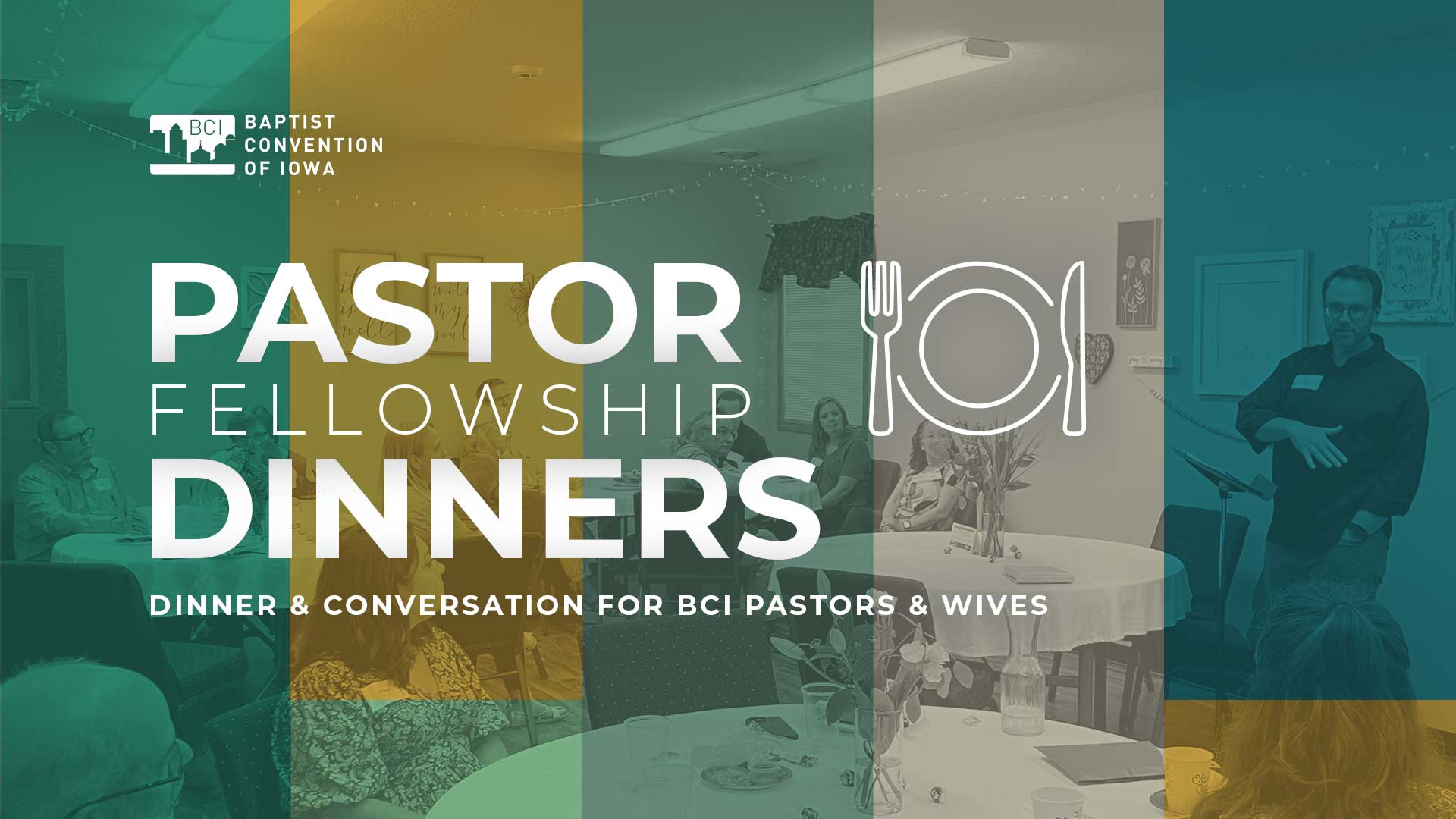by Kristen Camp
ALPHARETTA, Ga. (BP) — Whether it’s a tornado in Oklahoma, a wildfire in Washington or a hurricane in New York, disaster survivors need more than assistance with rebuilding their homes when tragedy strikes. They need help rebuilding their lives. Southern Baptist Disaster Relief (SBDR) is committed to providing help, healing and hope to disaster survivors across North America.
Many people are aware of what SBDR does in response to these types of tragedies, however many people may not realize how SBDR works on a deeper level. Kevin Ezell, president of the North American Mission Board, addressed that issue as he hosted a disaster relief panel discussion Nov. 20 as part of NAMB’s monthly staff “boot camp” to give insight into the scope of SBDR.

Kevin Ezell, (right) president of the North American Mission Board, addressed how local churches, associations, state conventions and NAMB work together to minister on a deeper level through disaster relief efforts during a panel discussion Nov. 20. The panel also included (from left) Fritz Wilson, executive director of NAMB Disaster Relief, Jack Noble, Disaster Relief director for the Southern Baptist Conservatives of Virginia and Phillip Harrington, senior pastor of First Baptist Church, Live Oak, Fla. NAMB photo by Susan Whitley
“Often we are very grateful for what Disaster Relief provides,” Ezell said. “But that’s on a 30,000 foot level, and we never really go below that to see how it works.”
The purpose of the panel discussion was to highlight how local churches, associations, state conventions and NAMB work together to execute different SBDR efforts in the United States and Canada. Representatives from three of these groups participated in the discussion.
The panel included Phillip Harrington, senior pastor of First Baptist Church, Live Oak, Fla., Jack Noble, disaster relief director for the Southern Baptist Conservatives of Virginia (SBCV), and Fritz Wilson, executive director of NAMB disaster relief.
Harrington first participated in disaster relief efforts in 1992 after Hurricane Andrew struck Florida. His pastor challenged several church members to respond to the needs of the hurricane survivors. Harrington took the initiative to continue working with SBDR by encouraging members of FBC Live Oak to get involved as well.
“Several years ago we had a training session that we hosted and Fritz led where about 400 people showed up from around the state, many of them from our own church. They all received training,” said Harrington, who has pastored at FBC Live Oak for nine years. He said since that training they have viewed disaster relief opportunities around them as a tool to catapult them into further participation with SBDR.
Noble said through the years he has worked with the SBCV to help equip churches in Virginia to train teams that can respond to disasters.
“We introduce [churches] to a concept called Ready Church. It helps them engage in their Jerusalem first … and encourages them to start thinking about how they can minister to the crisis needs in their community, and then we network them to national and international events,” Noble said.
While churches and state conventions concentrate on these local needs, the disaster relief team at NAMB coordinates efforts from a national level.
“NAMB is like an air traffic controller,” Wilson said. “We don’t fly the planes per se, but we help direct and make sure everything gets to where it needs to be in order to be strategic and focused.”
NAMB also works on a national level with the Federal Emergency Management Agency (FEMA), the American Red Cross and The Salvation Army to develop working relationships with these partnering agencies. During the panel discussion, Ezell pointed how Southern Baptists stand out from these organizations by focusing on something bigger than just physically helping disaster survivors.
“We have to connect the ‘help’ with the ‘hope’ of Christ, because that is why we are different than other agencies,” Ezell said.
Keeping this mission in mind, Harrington explained how disaster relief work opens up opportunities to share the Gospel with the people affected by tragedies.
“As much as we want to help the lady that has a tree on her house, we also want her to understand that there is healing beyond just the house,” Harrington said. “One of our volunteers said the greatest opportunity was not being able to take the limb off her house, but being able to sit on the porch with the lady afterwards with tears in her eyes and her ask why we’re doing this, and then being able to tell her about Christ.”
Wilson pointed out how SBDR starts with the financial help from Southern Baptist churches across the country. Through their giving through the Cooperative Program, SBDR can fill disaster relief positions on the state and national level, as well as buy the necessary equipment and resources to be able to respond to disasters.
“The thing that we are really trying to get across is that for every disaster, SBDR is there every time just like Red Cross and The Salvation Army and other groups,” Wilson said. “If [Southern Baptists] can give through Southern Baptist circles, we can do more for the Lord than anyone in disaster response.”
Learn more about SBDR at www.baptistrelief.org.
Kristen Camp writes for the North American Mission Board.
Reprinted from Baptist Press (www.baptistpress.com).
Baptist Press (BP) is the official news service of the Southern Baptist Convention and provides news to the 42 state Baptist papers.






